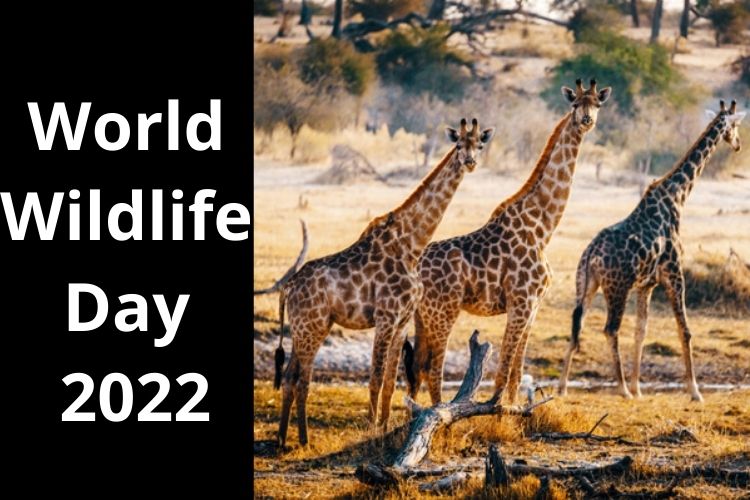World Wildlife Day: Know the History and Significance of the Day
Every year, World Wildlife Day is observed on March 3 to celebrate wonderful forms of wild fauna.

Our ecological system consists of animals and plants. Animals and plants have a huge contribution towards the generic, social, economic, scientific, educational and human well-being of sustainable development. Every year, World Wildlife Day is observed on March 3. The day gives an opportunity to celebrate wonderful forms of wild fauna. The purpose of celebrating World Wildlife Day is to raise awareness for the conservation of wild fauna.
History and Significance of the Day
During the 68th session on December 20, 2013, the UN General Assembly decided to declare March 3 as the day of adoption of the Convention on International Trade in Endangered Species of Wild Flora and Fauna, as World Wildlife Day. This day is one of the most significant global annual events dedicated to wildlife.
More than 8000 species of wild flora and fauna are endangered and around 30,000 species are on the verge of being extinct. As per the estimation, around a million species are said to have already extinct. This day holds an utmost importance for the UN as saving of the vulnerable and endangered species aligns with UN Sustainable Development Goals 1, 2, 12, 13, 14 and 15, and their commitments like alleviating poverty, ensuring sustainable use of resources and conserving life on land.
The theme of the Day
For 2022, the theme for World Wildlife Day is decided to be ‘Recovering key species for ecosystem restoration’. This theme enacts in a way to attract attention towards the conservation status of some of the most vulnerable and endangered species of wildlife flora and fauna.







